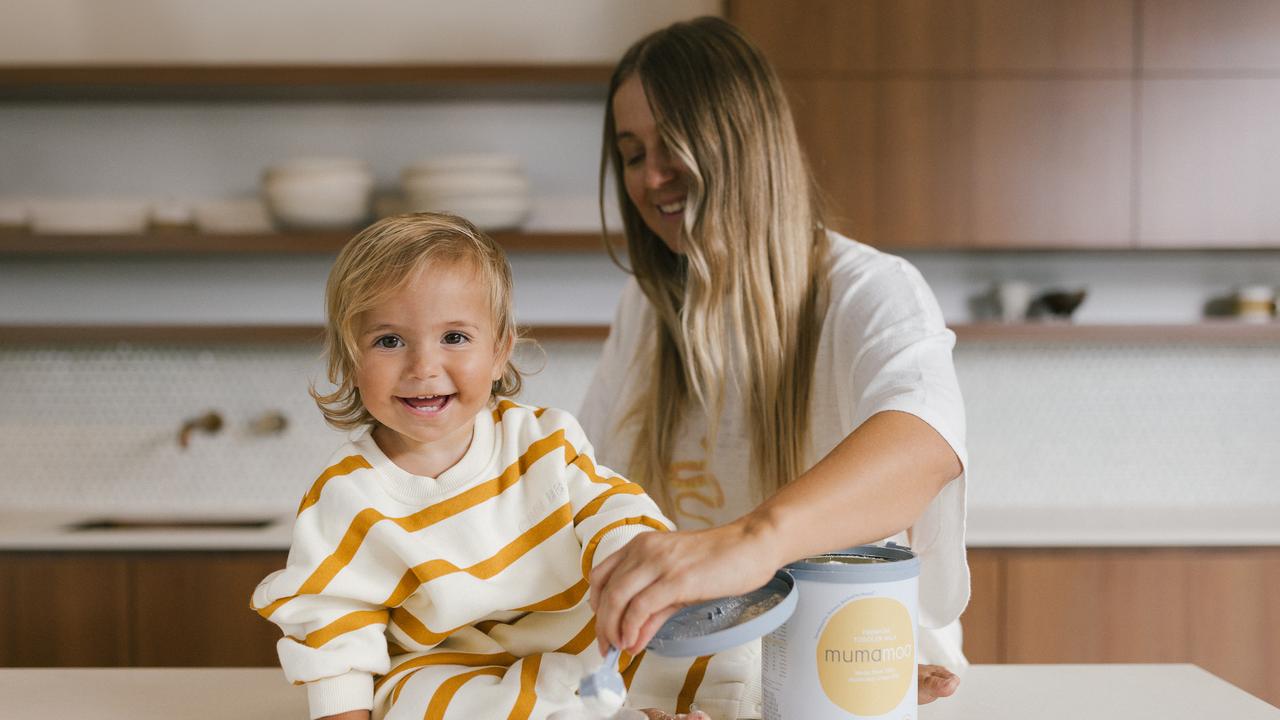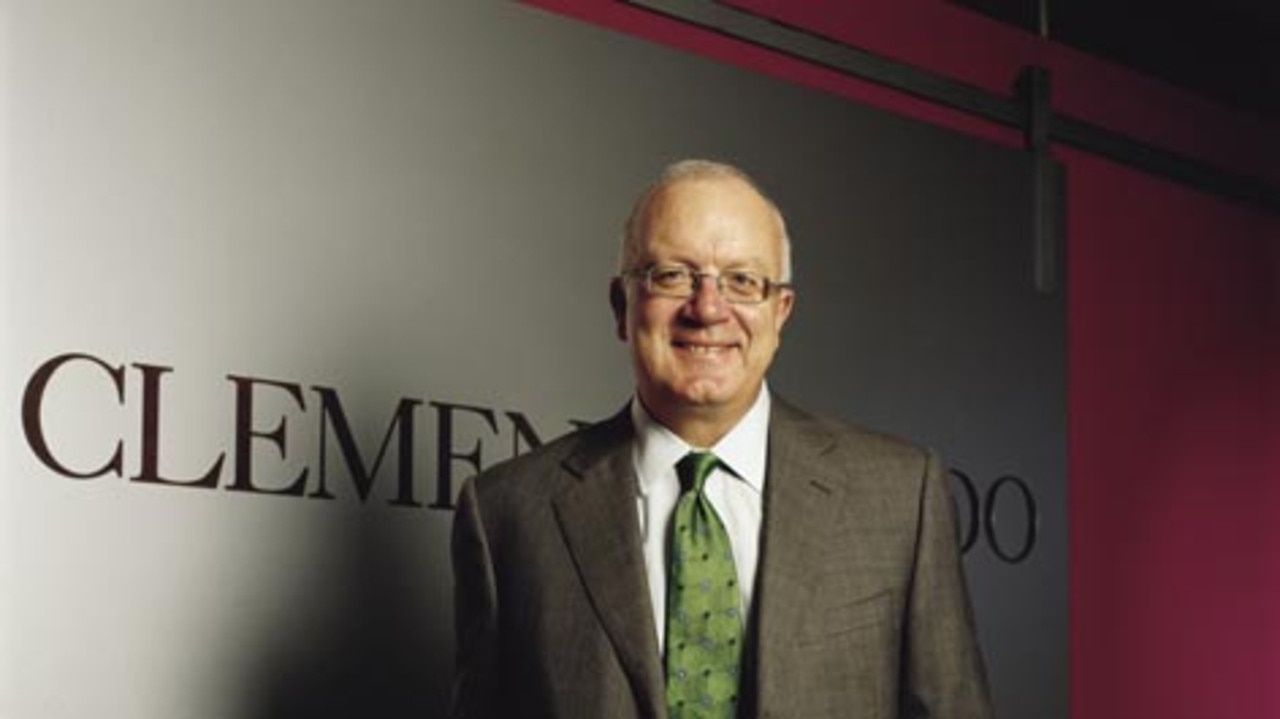David Jones opens up for high end brand advertisers in-store and online
David Jones is the latest Australian retailer to move into the business of advertising, as the $1bn “retail media network” sector is forecast to surpass linear television by 2025.
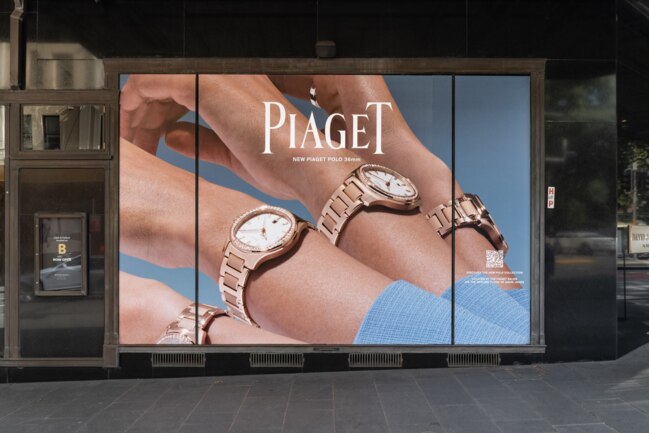
David Jones has entered the business of retail advertising. On Thursday, the retailer announced digital and in-store ad spots will be available for brands to occupy via its new retail media department, David Jones Amplify.
The move significantly steps up its advertising offering to brands, which now includes more that 475 in-store formats, 102 digital formats and 70 print and digital editorial formats.
This is in addition to existing media placements within its ecosystem, which include 30,000 media formats for advertisers, including channels such as its window displays, Jones magazine, solus emails, its website and digital screens.
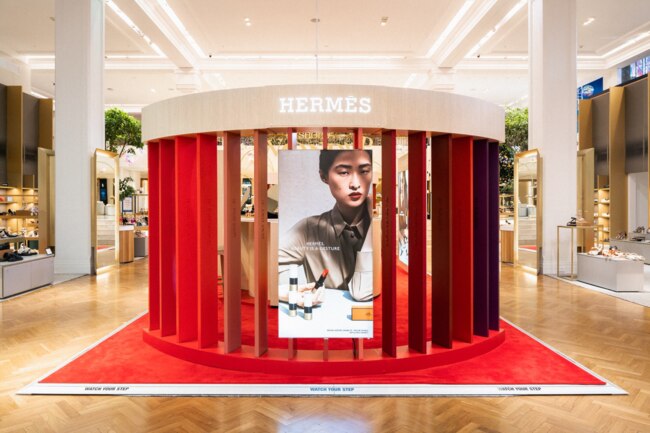
It comes as so-called “retail media networks” (RNMs) mature at pace. The World Advertising Research Centre estimates global retail media will be the fastest-growing channel in 2023, reaching $122bn, and more valuable than linear TV by 2025. Australia’s slice of that could reach $2.16bn by 2026, according to PwC forecasts.
Australian retailers have also moved quickly to snap up their share of ad spend. Woolworths’ digital and media division, which includes its retail media arm Cartology, recorded revenue growth of 8 per cent in March this year.
Sonder, a company that specialises in commercialising brand “owned” content, worked with David Jones to audit and value its media placements as part of establishing Amplify. Sonder also worked with London’s luxury department store Harrods, which set up its media business in 2011.
Commercial agreements and forms of “retail media” have long existed between brands and retailers, which include trade funds, magazines and other marketing collateral such as catalogues.
Amplify has been 2½ years in the making, and forms part of David Jones’ longer-term “transformation” plans.
David Jones’ existing luxury and “premium” brand partners will be offered first refusal for access to its media channels, before the offering goes to a “curated” list of advertisers within the premium and lifestyle categories.
Those categories could expand beyond the retailer’s existing brand partners in categories such as travel and motoring.
The new department will function as a supplementary revenue stream, according to David Jones’ chief marketing officer, James Holloman.
“At this point, we have got a couple of objectives to hit. But this is not, by any stretch of the imagination, going to outweigh any of the incredible revenue we get from being a department store first.”
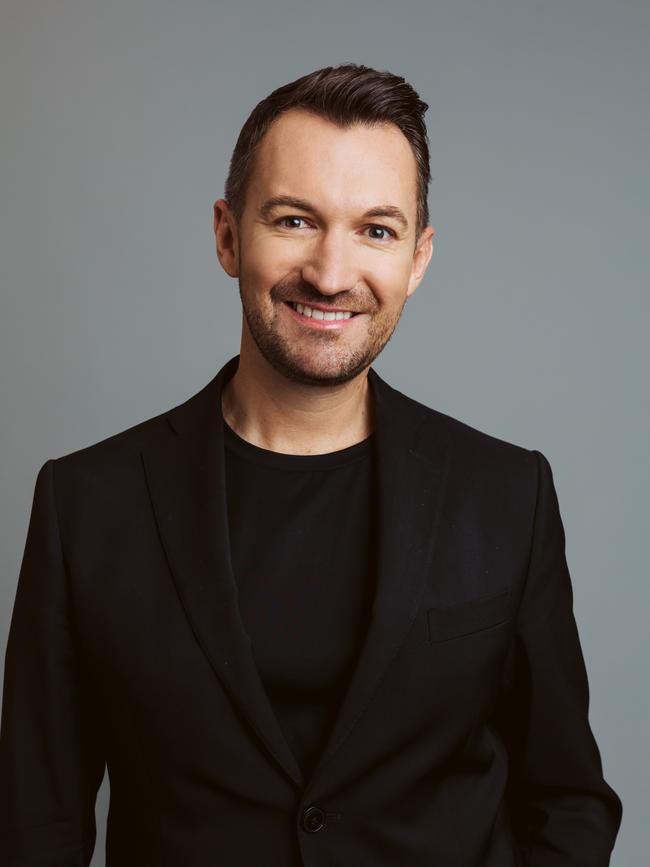
Depending on tenancy, format, duration, and context (in-store and/or online), advertisements can cost anywhere from around $500 to $25,000, Mr Holloman said.
In recent years, the narrative around RNMs have drawn attention to the line that has traditionally separated brand and performance marketing budgets.
Mr Holloman thinks that within the next five years, these budgets with be increasingly combined.
“Brands will choose to spend those budgets according to the best way to reach their customers.
And that’s where retail media really does play that disruptive role in the media landscape.”
RNMs are attractive for brands as they often promise high return-on-investment, as creative advertising assets and messages are served to consumers at the point of purchase.
RNMs also use first-party data to target audiences and measure results. First party data is a more valuable marketing currency than ever, as cookies (which use third-party data to track and target web users) are currently being phased out across the internet.
As for the shopping experience itself, “disruption” is not the aim.
“When you’re inspired by the latest ad campaign from a fashion or beauty, or a lifestyle brand, we see it as a way of enhancing the whole customer experience, similar to being at home and flicking through a magazine or flicking through Pinterest or Instagram,” Mr Holloman said.
News Corp-owned Medium Rare Content Agency, which also publishes the retailer’s print and digital fashion and lifestyle magazine, Jones, has been enlisted to drive “non-endemic” advertising (brands that are not currently part of David Jones retail ecosystem).
David Jones customers are an attractive cohort for luxury brands, as two-thirds of Australia’s most affluent households are David Jones customers. They also make 50 million in-store visits each year.
Chief commercial officer at Medium Rare, Fiorella Di Santo said: “It’s hard to get to that luxury customer (but) the kind of environments that David Jones offers – like those amazing flagship stores, the incredible digital screens and flagship windows – are advertising sites that you really can’t get anywhere else,” Ms Di Santo said. “For impactful brand advertising for luxury customers, it’s something so different and will give them a real competitive advantage.”






